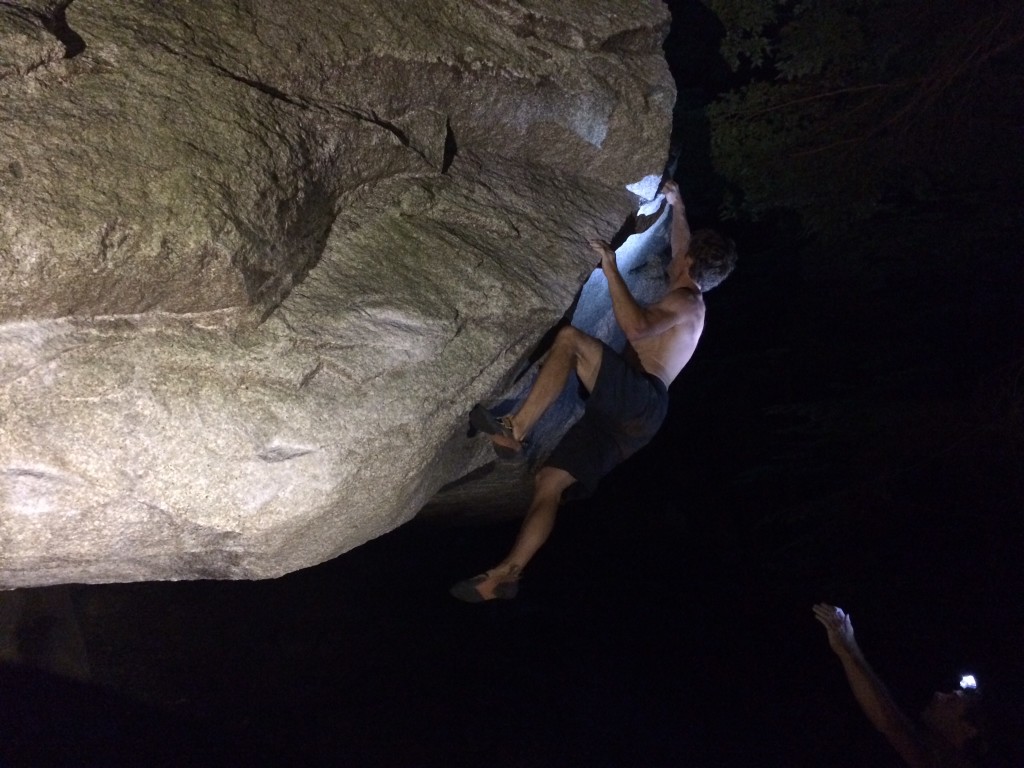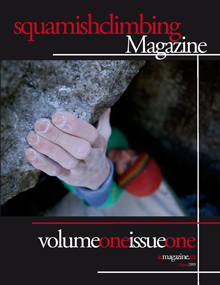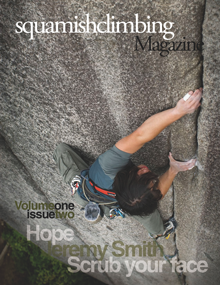There’s nothing like tackling one of life’s oldest taglines to make you seem bitter and jaded: “Focus on the process, not the result.”
It’s an old line that seems, year by year, to be increasingly at odds with our market-driven culture and the high price we put onto image and success. In life we place a lot of value on performance, and climbing is no different. We use our North American yardstick, the Yosemite Decimal System, to capture a unit to grade a line’s difficulty, its most brutal physical move. Never mind that the grade is being applied by just one person, she who climbed it first, with body proportions unique to her and her alone. Yet we chase these numbers and use them to spur us on, to motivate, to rank ourselves, to erase our failures which we lay bare on the cliffs and walls and to justify whatever lengths needed to get it done.

Jeremy Blumel climbing by light. Photo courtesy of Jeremy Blumel ©
Whether it be a small boulder, a cliff, a wall or a mountain, reaching the summit is the conventionally understood marker of success.
“Did you reach the top?”
“No, but…”
Say no more, my sad friend; your whole effort was in vain and has already been erased from the annuls of our collective reality.
I’m really just speaking in hyperbole here, though, because anyone who’s struggled with anything knows that the insights come along the way and on reflecting back, not at that moment when the summit is reached. Today I reached the top of a medium-sized boulder in the forest. I had worked on this semi-diligently for months this summer and as I laid hands on the final holds and high stepped into the moss, my mind was already on the next, unclimbed challenge. Insane, unsportsmanly or taking the experience for granted, you might say, but this is very typical of a climber’s goal-driven mind.
For the full article, please visit The Squamish Chief.












